SAFED NZ for trucks
SAFED for trucks was developed and launched by the United Kingdom Department for Transport (DfT) in 2003. Over 20,000 drivers have been through the official DfT programme in the United Kingdom.
The practical in-cab elements of the course provides drivers with real-world skills that can help them feel less fatigued, lower their stress levels and increase their value to their employer through keeping fuel costs down and accident rates low.
The payback on SAFED NZ training can be as little as three months on fuel savings alone. To work out potential savings, view the SAFED NZ for Trucks savings calculator.
SAFED NZ for trucks is a one-day course for drivers or a two-day course for instructors.
The SAFED NZ course provides intensive training in SAFED techniques. Each trainee is given the opportunity to observe and discuss the techniques with his/her trainer.
Specially trained Senior Instructors and Driver Training Instructors (DTI’s) offer the SAFED NZ course in locations across New Zealand. To locate an Instructor near you, visit the find an instructor page.
A flow diagram of the ‘becoming a SAFED NZ driver’ process is illustrated in the PDF document below.
For further information on becoming a SAFED NZ instructor, visit the becoming an instructor page.
How much does it cost?
The cost of training is a commercial arrangement between you and the instructor. Contact your nearest instructor for a quote. Depending on your operation, most companies should get a pay back in fuel and maintenance savings in a relatively short time.
Driver eligibility
To be eligible to receive SAFED NZ truck driver training you must:
- hold a valid heavy trade driving licence
- be appropriately insured on the vehicle that will be used for training
- not have any medical conditions that affect your ability to drive the vehicle
- undertake a simple eyesight test of reading a number plate from 20 metres away. This will be a requirement on the day of training.
Vehicle specification
Ideally training should be conducted in the vehicle that the drivers are most accustomed to driving. Additionally the vehicle should be:
- fitted with fuel monitoring equipment (alternatively, please discuss with the instructor who will be able to supply an appropriate vehicle)
- be in roadworthy condition (a safety check will be completed prior to training).
Where a vehicle cannot be provided, please discuss alternative options (eg hiring a vehicle) with the trainer.






